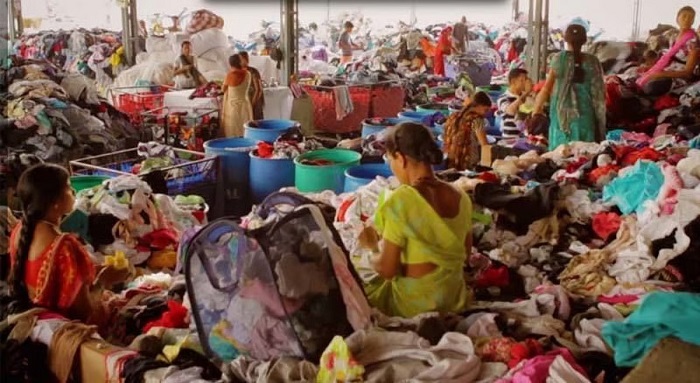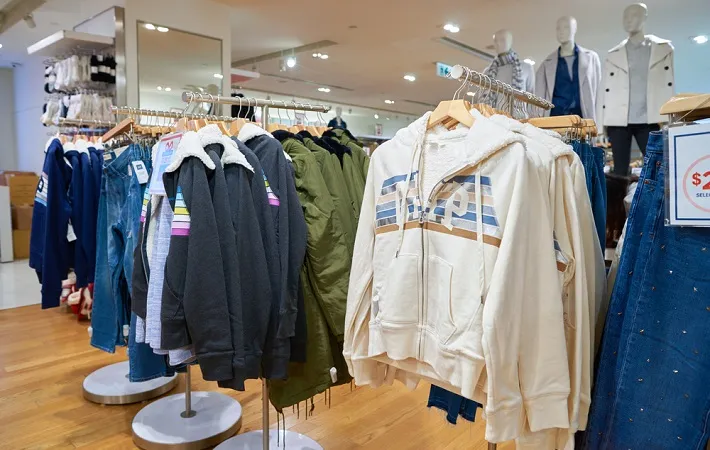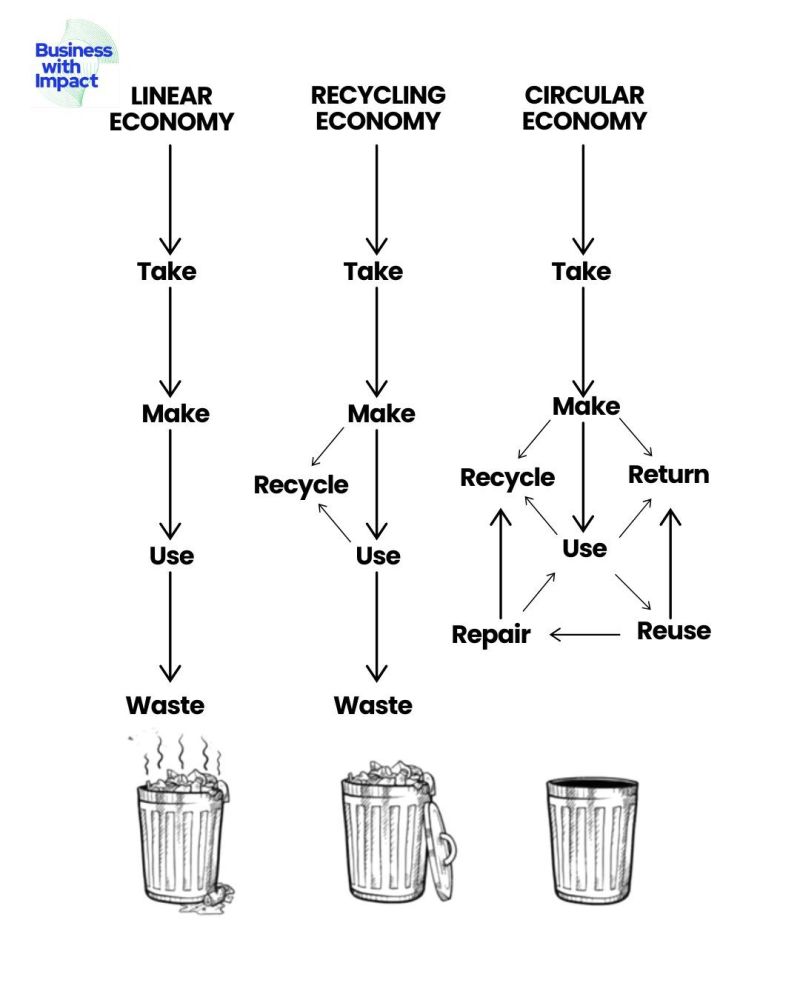The Trans-Pacific Partnership is finally moving ahead. The new deal, to be signed in March in Chile will be called TPP-11. The move by the remaining 11 members of the TPP agreement indicates their commitment to free and fair trade. The agreement opens up the markets of the 11 countries to duty-free, quota-free trading within the bloc. The members of TPP now include: Australia, Brunie, Canada, Chile, Japan, Malaysia, Mexico, New Zealand, Peru, Singapore and Vietnam.
The 11 countries in the deal represent 13.5 per cent of global gross domestic product - including the US would bring that total to 38 per cent. The deal has the potential to expand members which could include Indonesia, the Philippines, South Korea, Taiwan, Thailand and the UK in future negotiations. The US President, reportedly stated that US would consider joining the group if the terms of the deal are more favourable to its economy. The Japanese PM is of the view that the deal would spur growth and reform in Japan.
Speaking at the World Economic Forum in Davos, Switzerland, Canada's Prime Minister Justin Trudeau called the agreement the ‘right deal’. The Australian Prime Minister Malcolm Turnbull said the new agreement would leave the door open for eventual US participation. But, will the new TPP-11 boost the textile and apparel business? TPP-11 appears a damp squib for Vietnamese as none of the other countries in the block have any desire for Vietnamese apparel as much as the US. Having said this, Vietnam's textile and apparel industry will still get a small boost from the deal. Australia, Canada, Japan, New Zealand and Singapore depend largely on imported apparel mainly from China. Vietnam's duty-free access will give it an edge over its competitors in these markets.











